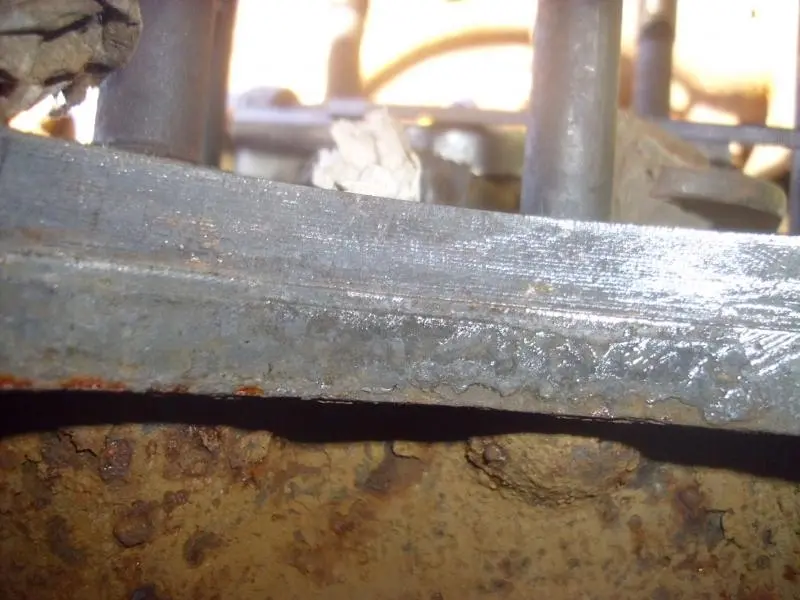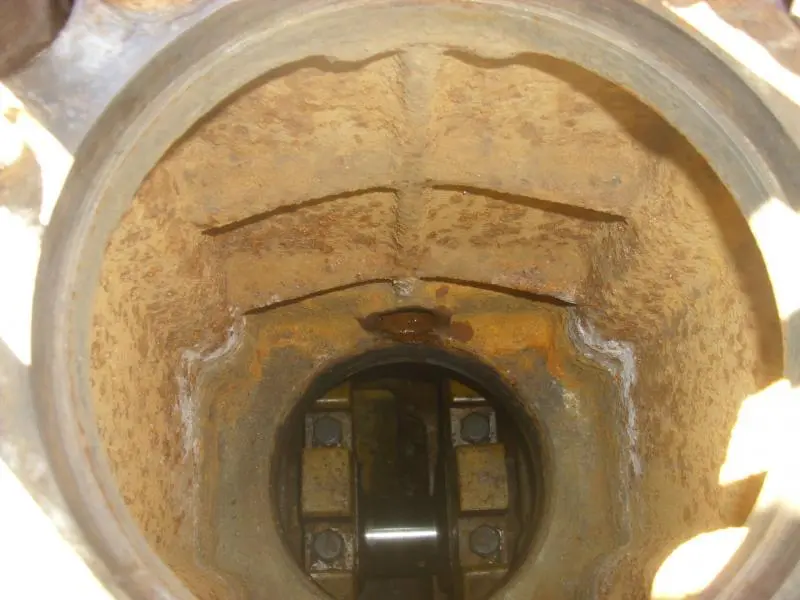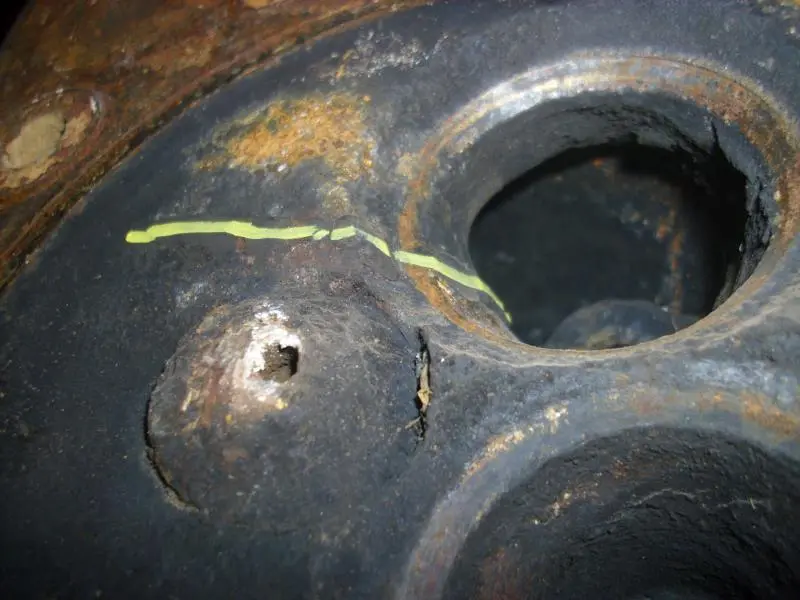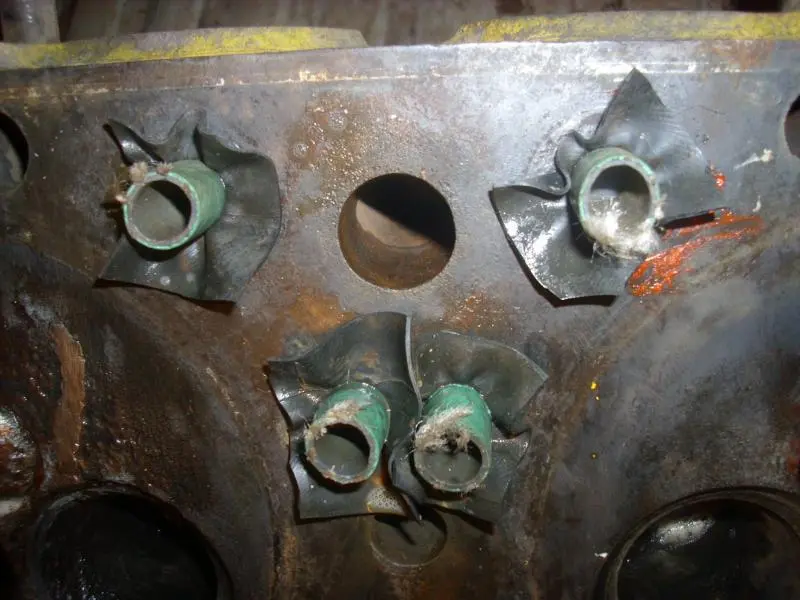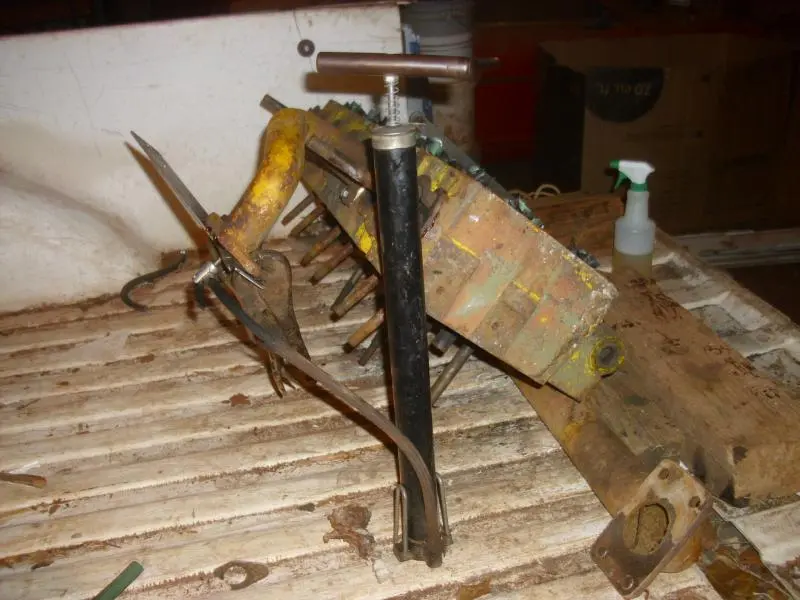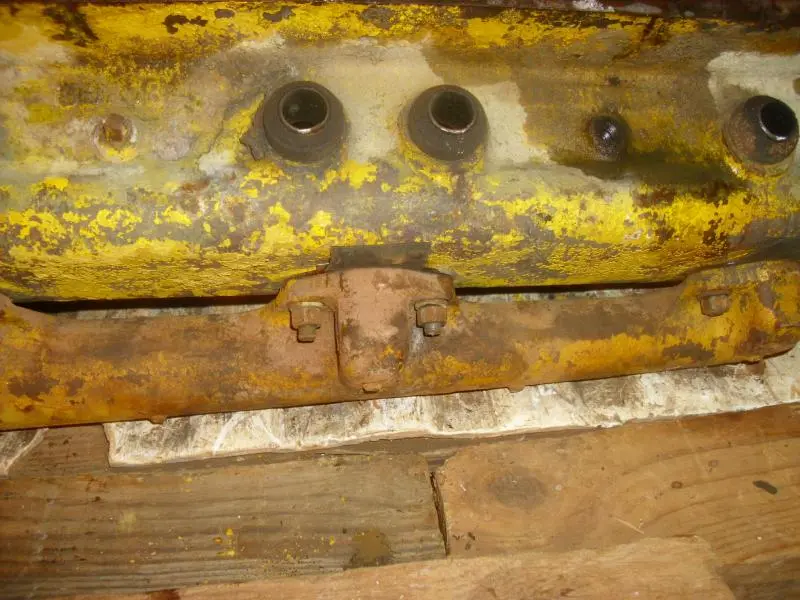I thought I would share some of what I have encountered replacing a cylinder on my early 1937 RD6 because the head was cracked and water damaged the sleeve and valves.
I show a picture of the inside of the water jacket area so you can see what that looks like.
It takes a lot of puller to remove a cylinder. I used dry ice to shrink the cylinder. I would not have been able to remove it without that.
You have to do a lot of removing rust in the surfaces and hone. If you have a rust groove above the lower part of the water jacket that is above the upper o-ring down there, fill it with JB weld and smooth it all back out so when you install the new cylinder it does not ruin the O-rings. I had to do that.
To install a cylinder you will need to make a device to push it in also. Capable of a couple of tons.
Fit your new cylinder in the block without any seals on it, but have the top copper seal installed and measure the installed height above the block when pressed in. I think it should be about .005 to .010 fully compressed.
My reused copper seal had a high spot in it I had to file down.
To check the replacement cylinder head that had a repaired crack, I plugged all the holes with old bicycle tube and water hose that fit the hole. I used the water pipes to hold other caps in place and used a Schrader valve from a motorcycle tube to proved pressure.
Wear safety goggles in case a plug comes out.
Then I used a bicycle pump to pressure it up and used soapy water to check for leaks.
Good luck.
Scooter
